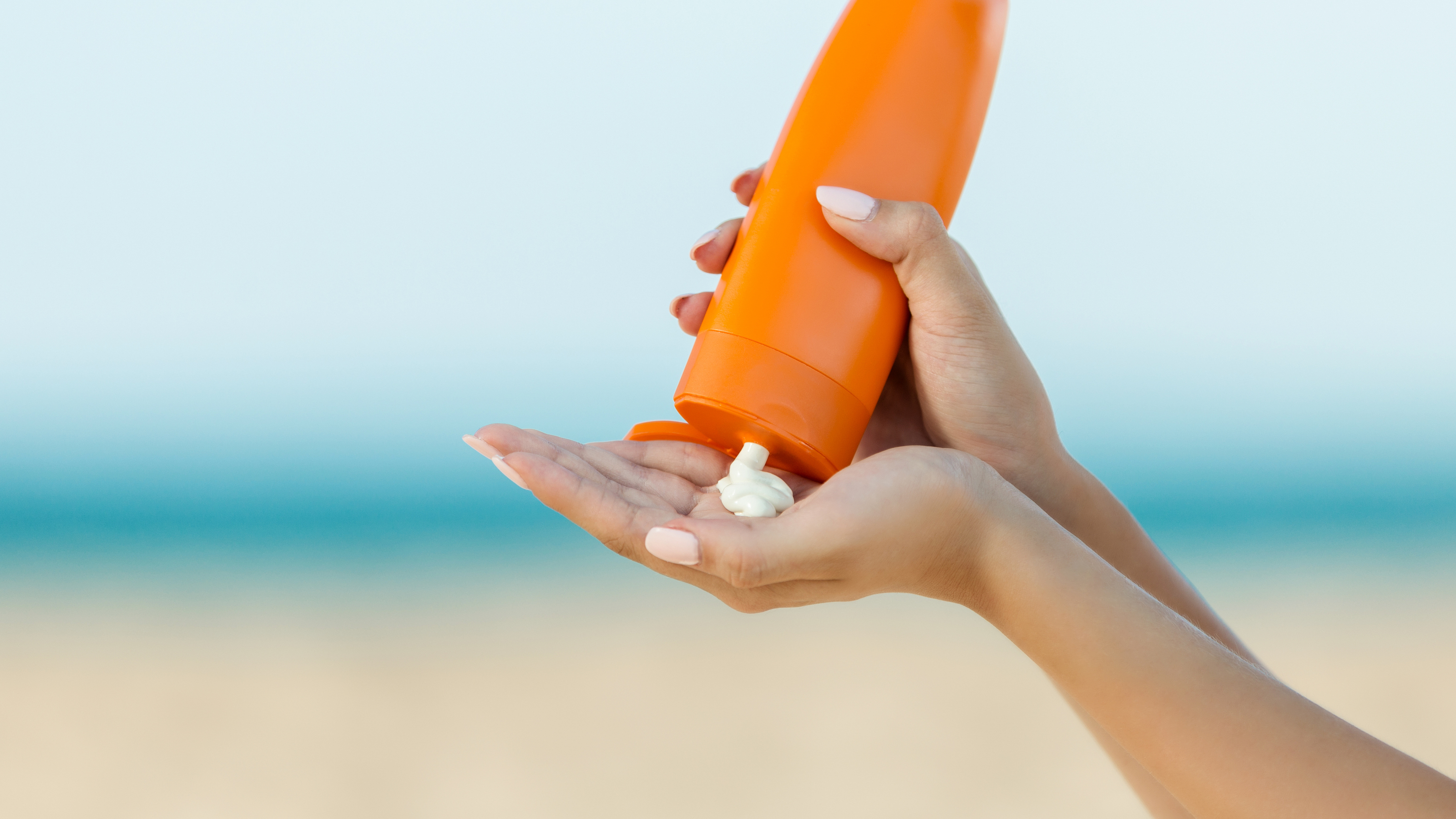The Kinney Center's Favorite Sensory-Friendly Gifts
The holidays can be filled with opportunities for sensory overload. That's why the Kinney Center staff has compiled a list of great gifts for individuals with autism this holiday season.
 Fidget toys and stress relievers, like those found in Hagan Arena's autism break room, are great gift ideas.
Fidget toys and stress relievers, like those found in Hagan Arena's autism break room, are great gift ideas.
It’s that time of the year, when gift givers are down to the wire and searching for that perfect something. If you have a loved one with autism on your list, check out these suggestions from expert staff at The Kinney Center for Autism Education and Support.
“For college students with autism, the environment of a campus can be overwhelming and over-stimulating. Many college students with autism also have co-occurring mental health concerns such as anxiety, depression and ADHD. For a quick-access resource, my favorite mobile resource is the Calm app, which has a wide variety of activities centered around breathing, relaxation and soothing sounds. Here you can find guided meditations, sleep assistance and breathing exercises. Pair this app with some noise-cancelling headphones and you can escape the overwhelming environment of a college campus. A Calm premium subscription gives unlimited access to their growing content library. You can give the gift of a year subscription.”
Alli Gatta, MS, NCC
Assistant Director of College Support
“A body sock is a fun gift for kids of all ages and sizes! A body sock is a lycra pouch that can stretch to fit your whole body inside. Children and adults alike can climb into the body sock for gentle proprioceptive input, which can be calming and regulating. Additionally, walking or crawling while inside the sock gives feedback to the wearer that can support body awareness. The body sock can be used as a therapeutic tool or to create new games with your child. This tool is a nice way to provide the excitement of playtime while also supporting your child’s sensory system with built-in regulation.”
Mary Ann Newell, MS
Assistant Director of College Support
“My favorite go-to sensory toys include the mesh squeeze ball or the monkey noodle. These hand-held, colorful toys provide sensory input from a quick squeeze to a full stretch, keeping the individual’s hands busy and entertained. Both act as stress relievers and are easy to pack for on-the-go traveling. These toys can act as an alternative to stimulatory behavior plus they have a great calming effect and can help to reduce anxiety.”
Lindsey DelCarlino, M.S., BCBA
Associate Director of Programs
“My favorite sensory toy is a hopper ball. This is a great way for my adult clients to gain sensory input and relieve their energy. Some clients enjoy sitting on hopper balls instead of chairs for social activities, this helps them to relieve some energy and allows them to focus on the social exchange.”
Hannah Tomkovicz, M.S.Ed., BCBA
Associate Director of Adult Programs
“My favorite sensory toy is a jumping board. A jumping board allows my adult clients to get their extra energy and sillies out in an age-appropriate manner. I notice after they are provided time to jump on the jumping board they are able to focus on the given task more and continue with their schedule.”
Dominique Fioravanti, M.S., BCBA
Associate Director of Programs
“Many of our favorite memories are associated with one or more of our senses. Providing opportunities for children to actively engage and use their senses as they explore the world through sensory experiences is critical. When working with individuals on the spectrum, I love to incorporate methods that assist with body awareness and balance. Those are two avenues that are often missed outside of the basic five senses of taste, touch, smell, sight and hearing. As a result, my favorite sensory items are the transformer sensory sack, mushy smushy bean bag chair, sensasoft squeezie seat, and gel floor tiles. These items allow participants to understand their space in the world around them as well as assist with regulation during break, relaxation and calming periods.”
Jessica R. Joseph, Ph.D., BCBA
Director of Programs
“Many individuals with autism, and also some without autism, go through a phase where they have a need or strong desire to chew on things throughout the day. This could include chewing on the collar of their shirt, small toys, pencils, or even their own hand, during the school or work day. Chewable jewelry toys provide a more appropriate alternative opportunity to meet this sensory need. If there are any safety concerns with a particular individual wearing a necklace, these can be adapted to be worn using a breakaway necklace clasp, as a bracelet, or even attached to clothing via a special clasp for that purpose.”
Joseph McCleery, Ph.D.
Executive Director of Academic Programs
“My favorite sensory friendly gift is a fidget cube. It looks like a large di, but is small enough to fit in your pocket. It contains six different activities that someone can use out in the open or discreetly. I like to keep one on my desk and watch people fidget with it while we discuss the day to day goings on at Kinney.”
Angus Murray, MNPL
Executive Director of the Kinney Center



